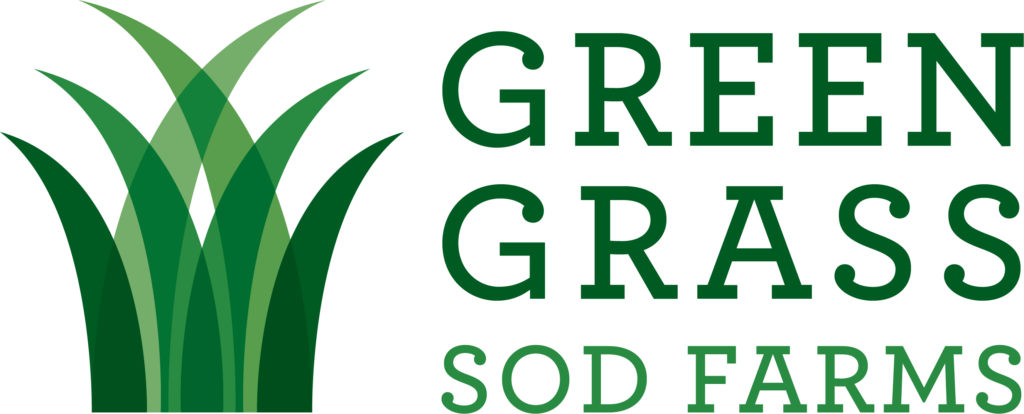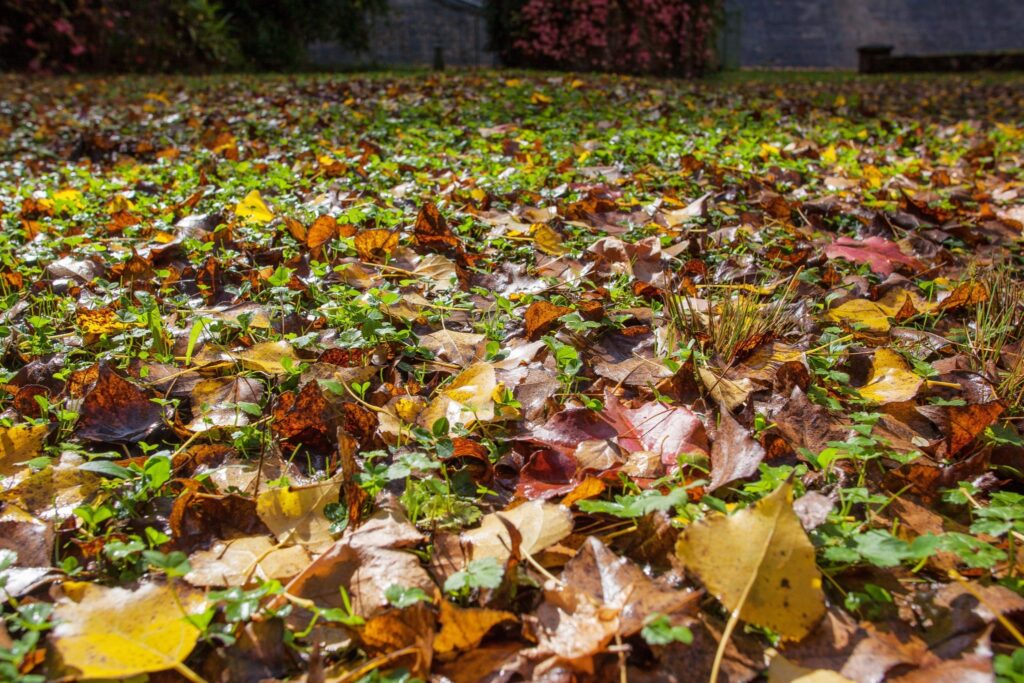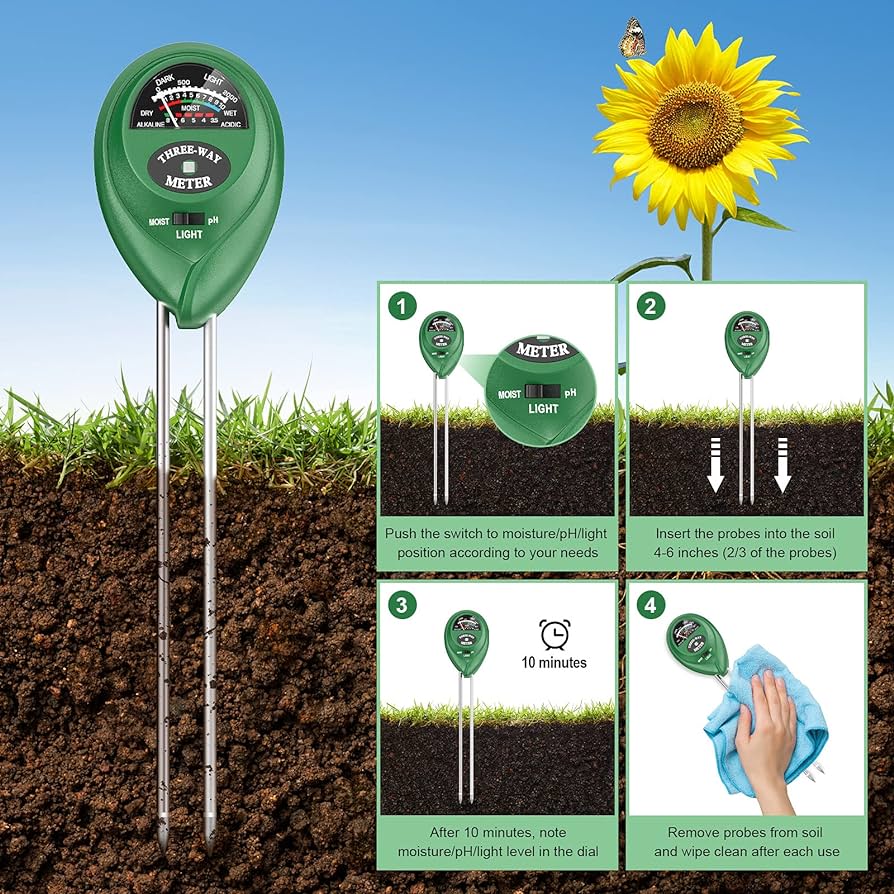Many are excited to finally welcome fall’s brisk temperatures and the changing colors outdoors. Autumn’s first leaves are beginning to fall, and soon, many lawns will be covered in a blanket of red, orange and yellow.
The questions on the minds of many homeowners this time of year are “What should I do with the leaves? Rake them? Let them be?” There are many differing opinions on the matter, and today we are going to share what we know when it comes to fall foliage cleanup.
Option #1
The first option is to do nothing and allow the leaves to pile on top of the grass. Depending on the amount and size of individual leaves, there may be better options. Left whole and in masses, leaves create a sunlight barrier to the turf beneath. Furthermore, the moisture caught between a covering of leaves and grass is a perfect breeding ground for disease and harmful pests. It’s important that turfgrass has adequate access to sunlight, moisture, and other nutrients during the fall and into the winter.
Option #2
The next option is to simply mow over the leaves to create natural mulch. This is extremely easy to do, and it offers many health benefits to the lawn. We recommend this if practical (again, depending on the amount and size of individual leaves). Natural mulch made of fallen leaves can enhance the lawn’s fertility and provide protection—both the soil and the grass benefit from the natural compost. Special attachments and mulching mowers made especially for this application are available on the market. Still, the job is done just as well by simply removing the catcher from any lawn mower. Mow over the fallen leaves a few times until they are mulched into coin-sized pieces and the grass beneath them peeks through.
Adding fertilizer to this process is a great way to make grass even more effective and healthful; fertilizing in combination with natural mulching is a great way to prepare any lawn for the coming winter.
Option #3
If the idea of a mulched lawn does not appeal to your aesthetic liking, the third option is to rake or blow off of the yard entirely or to bag the leaves when you mow your lawn with a non-mulching lawn mower. Leaves can be used to mulch beds or placed around the bases of trees. To eliminate the leaves, they can be added to a compost pile or packed into bags purchased at any home improvement store and left roadside for pickup. There are a few downsides to this option, though. It is by far the most labor-intensive. The turfgrass will miss out on the natural (and cost-free) nutrients provided by the leaves and bagging leaves is the least environmentally friendly option.





